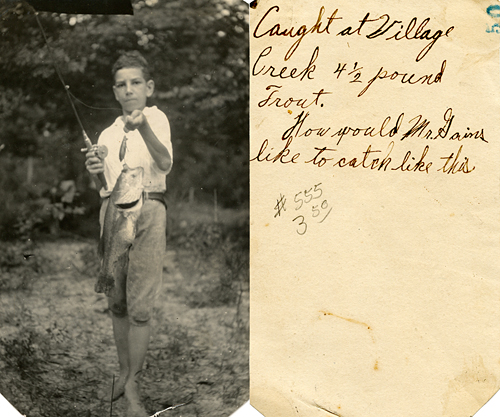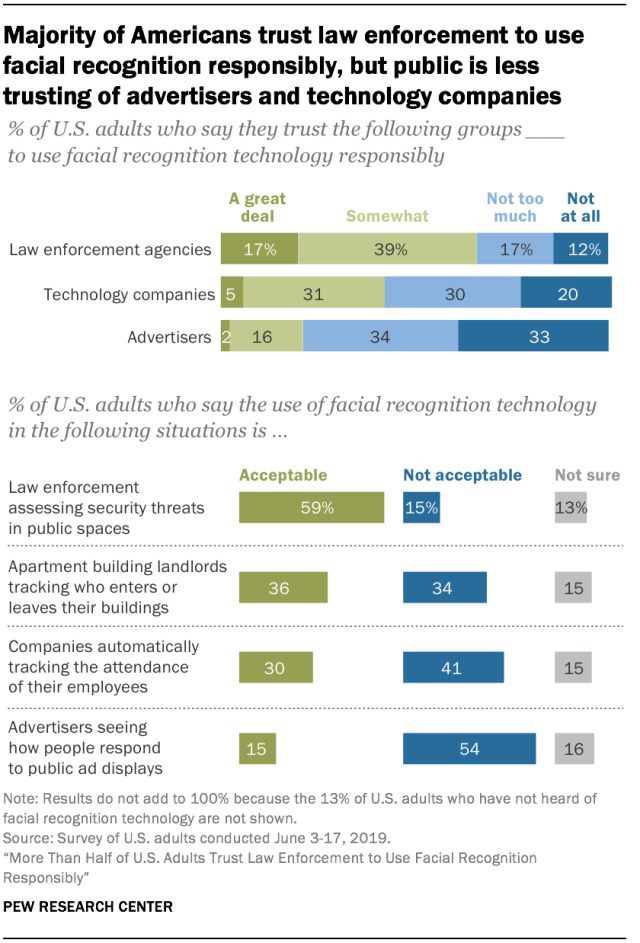One topic from the past two weeks of class that caught my attention was the concept of metadata. Specifically, a major difference between analog and digital photography is that digital photography captures metadata while analog photography does not. This concept stuck out to me for two reasons. First, I was curious about the history of metadata in digital images. Specifically, why do images capture the information that they do (and not other information)? Second, there seems to be an inherent irony to a digital image’s metadata; the photographer captures an image through a digital device, but the image, in some ways, also captures the photographer through metadata. This is especially true for non-professional photographers who use digital cameras on their phones and upload this content to online platforms. Thus, in this report, I review a brief history of metadata in digital photography and explore one instance of the irony manifested through digital images’ metadata.
To review the history of image metadata, it must first be mentioned that metadata has always existed in images. For example, on the back of paintings, artists, exhibitions, and collectors have often written notes, placed labels, inscribed inventory numbers, and more. Similarly, analog photographs often contain this type of “metadata”. As a personal account, I have rifled through my family photo albums and seen labels or inscriptions on photos of the location and persons in them. This has been a common practice in many analog photographs along with other types of “metadata”.


Front and back of Robert Motherwell, The French Line, 1960. Retrieved from
https://www.artsy.net/article/artsy-edi ... s-artworks

Thrifted photograph and writing on back shared by blogger from
https://texasflycaster.com/old-fishing- ... -interest/
For digital images, the standardization of metadata as we know it can be attributed to the Japanese Camera Industry Association and the International Press Telecommunications Council (IPTC). In the 1990s, the Japanese Camera Industry Association created the exchangeable image file format (EXIF) to capture information about a digital camera’s settings, make and model, date and time, and GPS coordinates. This information is basic metadata that is now standard in every digital camera. Around the same time, the IPTC defined what standards and attributes should be included in images for more administrative purposes. The IPTC’s metadata includes information like the image’s creator, titles, captions, copyright, permissions, and licensing. EXIF and IPTC metadata were intended to help organize photographs, know how a certain photograph was captured, and standardize the dissemination of photographs between news outlets. However, as with many ideas, while intentions may have been focused in one direction, the entirety of the consequences cannot be foretold.
This brings me to the initial irony I mentioned. Because a digital camera automatically creates metadata, a person who thinks they are capturing a subject is also capturing information about themselves. As an example of the irony in context, I immediately think of big tech surveillance. Everyday billions of users upload images to social media platforms and unbeknownst to them hand over metadata in these photos as well. I list below example statements of privacy policies from social media platforms that I frequent:
Facebook/Instagram
https://www.facebook.com/policy.php: To provide the Meta Products, we must process information about you. The type of information that we collect depends on how you use our Products. We collect the content, communications, and other information you provide when you use our Products, including when you sign up for an account, create or share content, and message or communicate with others. This can include information in or about the content that you provide (e.g. metadata), such as the location of a photo or the date a file was created.
TikTok
https://www.tiktok.com/legal/privacy-policy-us?lang=en: We collect User Content through pre-loading at the time of creation, import, or upload, regardless of whether you choose to save or upload that User Content […] We may collect information about the images and audio that are a part of your User Content, such as identifying the objects and scenery that appear, the existence and location within an image of the face and body features and attributes, the nature of the audio, and the text of the words spoken in your User Content. We generally use the information we collect: to send promotional materials from us or on behalf of our affiliates and trusted third parties; to make suggestions and provide a customized ad experience; to facilitate sales, promotion, and purchases of goods and services and to provide user support.
Reddit
https://www.redditinc.com/policies/priv ... er-12-2021: We collect the content you submit to the Services. Your content may include text, links, images, gifs, and videos […] we use this information about you to provide, maintain, and improve the services; research and develop new services; monitor and analyze trends, usage, and activities in connection with our Services; measure the effectiveness of ads shown on our Services, and personalize the Services, and provide and optimize advertisements, content, and features that match user profiles or interests.
Unsurprisingly, when a user uploads an image in any capacity, these platforms capture the information provided and use this data to their ends. Indeed, companies use vague phrases like “to provide Meta Products” or explicit phrases like “to facilitate sales, promotion, and purchases of goods and services”. So even though these privacy policies are publicly available, and users could be made aware of what happens to the information they upload, users do not have any control over the matter.
To emphasize the irony further, a subject of a photograph may not know that their image is being captured or might not know what their image will be used for. The photographer holds that power. However, a photographer displaying their image online can have a parallel experience. A photographer who uploads an image may not know how that image’s metadata is collected or what that metadata will be used for. The platform holds that power.
References:



